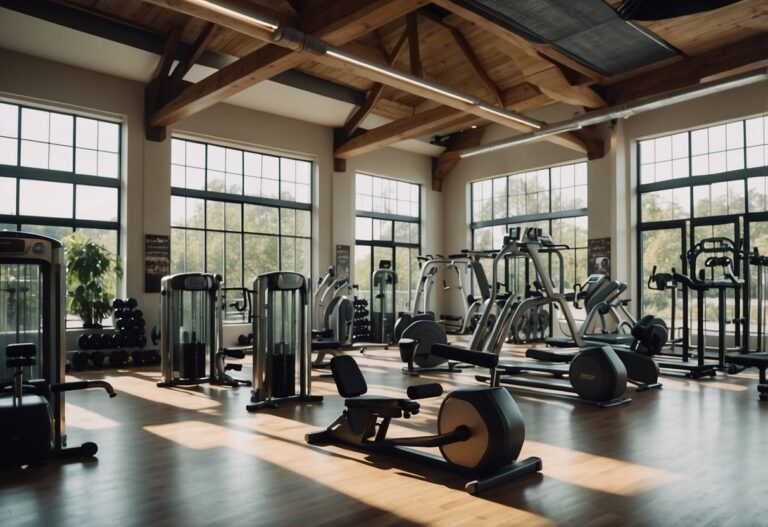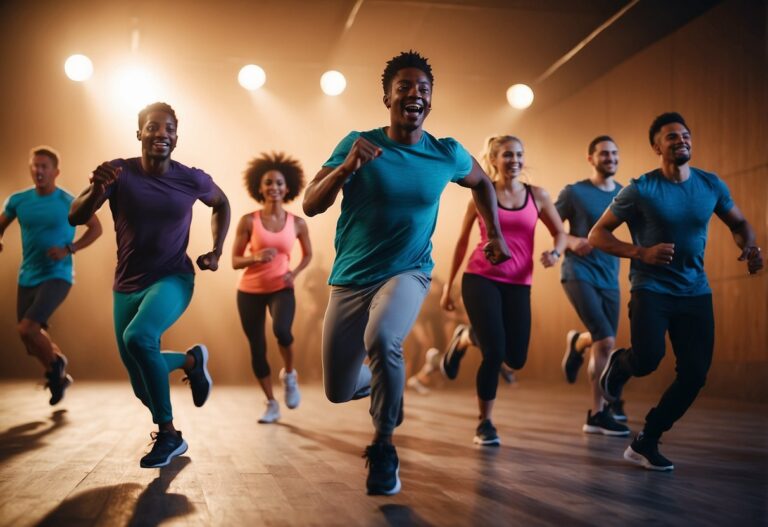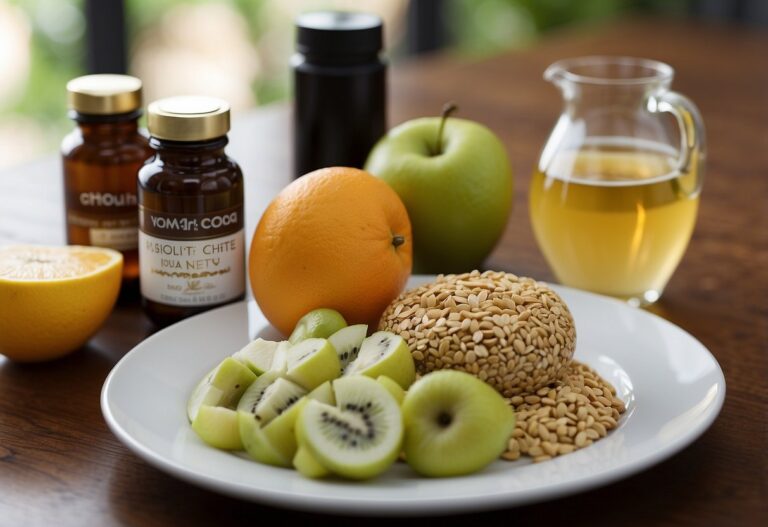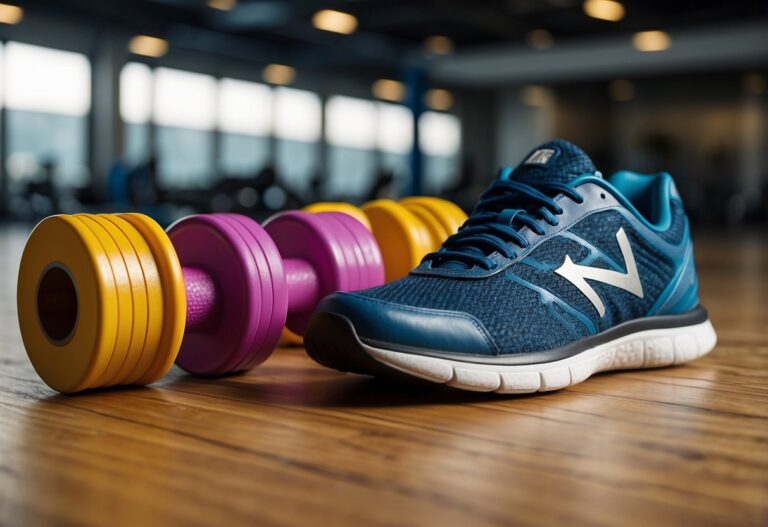When you think about working out at the gym, you might picture lifting heavy weights or running on the treadmill. But how often do you consider the strength and flexibility of your hands and wrists? Focusing on your hand, wrist, and forearm strength can significantly improve your overall gym performance and daily activities.
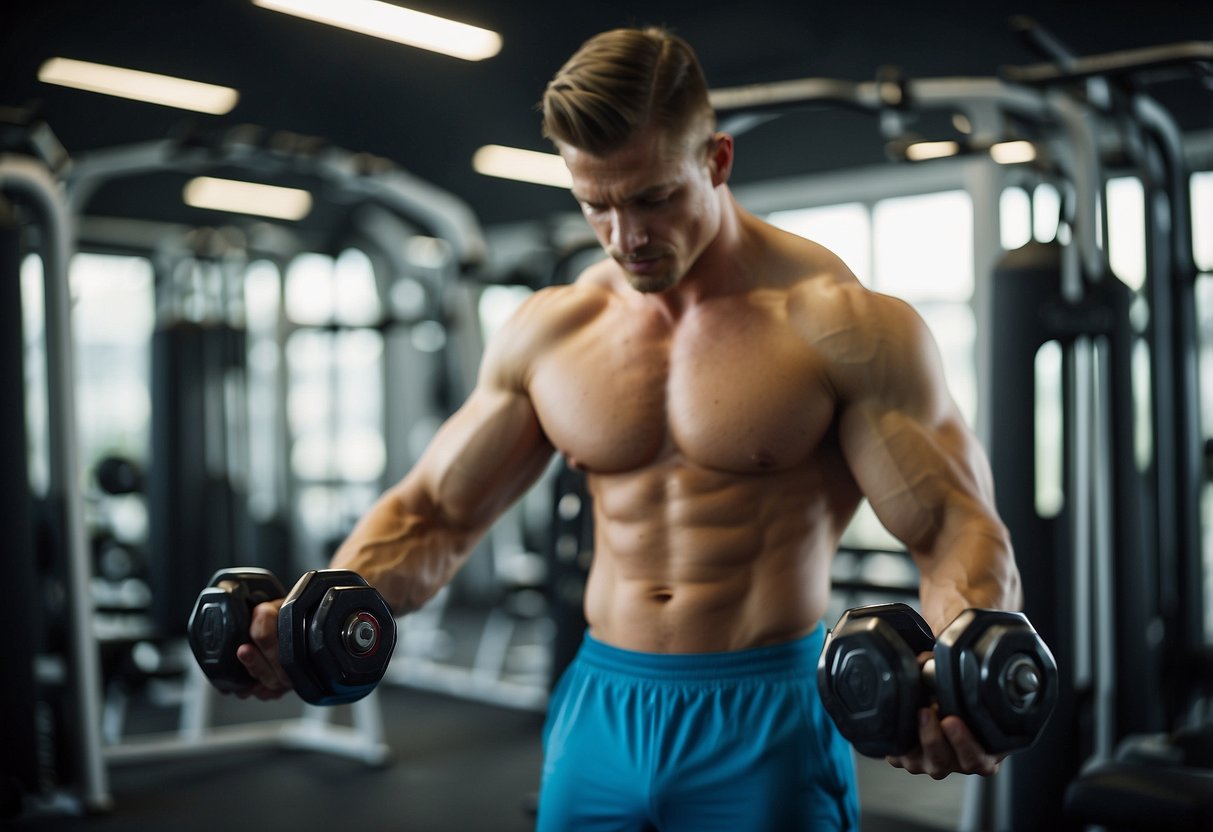
Building strong hands isn’t just for athletes or professionals. Whether you’re gripping weights, typing on a keyboard, or opening a jar, enhancing your grip strength can make these tasks easier and more efficient. By implementing specific exercises, you can ensure your hands and wrists are as strong and capable as the rest of your body.
Warm up thoroughly
Warming up is key to a safe and effective gym workout. Start with light cardio to get your blood flowing. A few minutes of jumping jacks or brisk walking will do.
Next, incorporate some dynamic stretches. These include leg swings and arm circles, which help loosen your muscles.
Try simple bodyweight exercises as well. Things like lunges and squats prepare your muscles without putting too much strain on them.
By warming up thoroughly, you reduce your injury risk and boost your workout performance. Remember, taking the time to prepare your body makes a big difference.
Use proper grip techniques

Ensuring you use proper grip techniques is vital for a successful gym workout. It’s not just about holding the weights; it’s about doing it correctly to maximise benefits and avoid injury.
Start with a neutral grip. This means your palms face each other. It’s easier on your wrists and great for exercises like dumbbell rows.
For movements like deadlifts, consider an overhand grip. This keeps the bar secure and helps build strength.
You can also use a mixed grip for heavier lifts. One palm faces you and the other faces away. This provides extra stability, but switch your grip regularly to avoid imbalances.
Trying these simple tips can make your workouts more effective and safer.
Incorporate wrist exercises
To improve your gym workouts, adding wrist exercises can make a big difference. Strong wrists help in lifting weights and prevent injuries.
Try wrist curls. Sit with your forearm on your thigh, palm facing up, holding a light dumbbell. Curl your wrist up and down slowly.
Another good one is the reverse wrist curl. This time, have your palm facing down and curl the weight upwards.
You can do wrist stretches too. These include extending your arm and gently pulling back your fingers to feel a stretch.
Remember to keep your wrists mobile. Simple wrist rotations and flexing your wrist back and forth can help a lot.
Ensure Correct Form

Using proper form is crucial for maximising your workouts and preventing injuries. When you do exercises with the wrong form, you risk hurting yourself and not getting the full benefits.
For example, if you’re doing push-ups, make sure your hands are shoulder-width apart and directly under your shoulders. Keep your body in a straight line from head to heels to avoid putting unnecessary strain on your back.
In weightlifting, always keep your back straight and your core engaged. This helps protect your spine. Check out detailed guides like this one to learn the specifics for different exercises.
Avoid Overexertion

It’s easy to get caught up in the excitement of your gym routine, pushing harder each time. But it’s important to avoid overexertion.
Listen to your body. If you’re feeling unusually tired or sore, it’s a sign that you need to rest. Remember, rest is just as important as the workout itself.
Mix up your workouts. Doing different types of exercises can prevent straining the same muscles. This variety not only keeps things interesting but also protects you from injury.
Take small breaks when working out. Even a 20-second stretch can make a big difference in preventing overexertion. You can find more tips on managing overexertion at WebMD.
Pay attention to warning signs like persistent soreness or decreased performance. It’s better to reduce intensity and recover than to push through and cause damage. For more recovery tips, visit Life Extension.
Remember, it’s not always “no pain, no gain.” Listen to your body and adjust your routine as needed to stay healthy and injury-free.
Vary your routine

Mixing up your workouts keeps your muscles guessing and helps avoid plateaus. Instead of always doing the same exercises, try rotating different activities. For instance, one day you can focus on farmer’s walks and another day on heavy holds.
Incorporating different exercises, like bar hanging, can add variety and challenge. This not only keeps things interesting but also engages different muscle groups.
Varying your routine can also prevent overuse injuries. If you feel sore after a particular exercise, switching it out can give those muscles a rest while still working on others.
Incorporate stretching
It’s important to include stretching in your gym routine to keep your muscles flexible and prevent injury. Stretching after weight training can help in reducing muscle stiffness and improving movement.
Start with a triceps stretch. Reach your arm up, place your hand behind your back, and use your other hand to assist. Hold for 10 seconds (Well+Good).
Another good one is the chest stretch. Stand in a doorway, place your arms on the sides of the doorframe, and lean forward until you feel a stretch in your chest muscles.
Try the wrist stretch by placing your palms flat on the floor behind you. While your hands stay in place, slide your butt downward towards your feet. Hold for 30 seconds (Lifehack).
For your shoulders, extend one arm out and use your other arm to pull it closer to your chest. Hold for 20-30 seconds, then switch arms (Anytime Fitness).
These simple moves can make a big difference in how you feel after a workout. So, next time you’re at the gym, remember to stretch!
Use Supportive Equipment

Using supportive equipment can make a big difference in your gym workouts. Wrist wraps can help stabilise your wrists during heavy lifts. This is especially important for exercises like bench presses or deadlifts.
Lifting straps can be very helpful if you struggle with grip strength. They allow you to hold onto weights more securely, letting you focus on your form and muscle engagement.
Weightlifting belts provide additional support for your lower back. This can be particularly useful during squats and deadlifts. Make sure to wear them correctly to get the best results.
Don’t forget about gloves. They can protect your hands from calluses and provide a better grip on weights. This can make your workouts more comfortable and safe.
Related reading:
Focus on hand strength
Improving your hand strength can benefit your workouts and daily activities. Start with simple exercises like the plate pinch. Grab a heavy gym weight plate and hold it for as long as you can. This targets your pinch grip and can be made harder by walking while holding the plate.
Another effective exercise is the deadlift. Stand with your feet hip-width apart, keep your back flat, and grip the barbell with your palms facing you. Your hands should be shoulder-width apart. This not only works your grip strength but also engages multiple muscle groups.
Try the finger curl exercise as well. Hold a hand grip against your palm and position your fingers on the springs. Close the grip with both hands, then remove one hand and slowly release the grip. This helps build strength in your fingers and hands.
It’s also a good idea to incorporate reverse wrist curls into your routine. Bend your elbows and put the back of your hands on a desk. Keep your fists together and tightly closed. Flex your wrists up and down. This exercise can make your hands feel more powerful and agile.
Improving your hand strength involves consistent practice and using a variety of exercises. Think about incorporating these tips into your workout routine to see noticeable improvements.
Stay Hydrated
Keeping hydrated is key to a successful workout. Drink water before, during, and after exercising. Aim for around 16 to 24 ounces two hours before your workout and another 8 ounces 15 minutes before starting.
During your workout, sip water regularly. For high-intensity or long sessions, consider electrolyte-rich fluids. This helps replace essential minerals lost through sweat.
Always listen to your body. If you feel thirsty, drink up immediately. This simple habit can enhance your performance and keep you feeling great.
Importance of Proper Hand Placement
Proper hand placement is crucial for effective workouts. It enhances your grip strength and helps in preventing injuries, making it easier for you to perform exercises safely and effectively.
Enhanced Grip Strength
When your hands are placed correctly, you distribute weight and pressure evenly across your palms and fingers. This positioning maximises your grip strength. Strong grip strength is essential not only in exercises like deadlifts and pull-ups but also in everyday activities.
When you place your hands wider apart, it may feel easier initially. Yet, it forces the muscles in your shoulders and arms to work harder. Conversely, placing your hands closer together requires more shoulder mobility but once mastered, offers greater stability and control. You can learn more about this in this insightful article.
Preventing Injuries
Incorrect hand placement can lead to undue stress on your wrists, elbows, and shoulders. Over time, this can result in strains or more serious injuries. For instance, if you place your hands too wide, you can increase the risk of shoulder injuries due to the extra load on your shoulder muscles.
By keeping your hands in the proper position, you ensure that your body weight is correctly aligned. This reduces stress on your joints and promotes safer, more effective workouts. Additionally, learning techniques such as handstand wall progressions can help you build up strength gradually and safely.
Think about how you place your hands before starting any exercise, as small adjustments can lead to big improvements in both performance and injury prevention.
Techniques for Different Exercises
Having the right hand placement can significantly enhance your performance and safety during weightlifting exercises. It can stabilise the weight, improve your grip, and ensure correct muscle targeting.
Hand Placement for Bench Press
When doing a bench press, your hand placement can affect how much weight you can lift and the muscles you work out. Place your hands slightly wider than shoulder-width apart. This positioning engages your chest muscles more effectively. If your grip is too narrow, you will put more stress on your triceps; too wide, and you may strain your shoulders.
Steps to follow:
- Lie flat on the bench with your eyes under the bar.
- Grasp the bar with a firm grip, thumbs wrapped around it.
- Ensure your elbows are at a 45-degree angle to your body as you lower the bar.
Remember to keep your wrists straight to avoid injury.
Hand Placement for Deadlifts
In a deadlift, grip strength is crucial. Your hands should be placed about shoulder-width apart for a conventional deadlift. This placement helps maintain balance and allows for better control of the barbell.
Methods to use:
- Overhand Grip: Both palms facing you, suitable for lighter weights.
- Mixed Grip: One palm facing you, the other facing away, ideal for heavier lifts.
- Hook Grip: Wrapping your thumb around the bar while the fingers clamp over it, providing extra security.
Consistent hand placement helps with steady lifts and reduces the risk of dropped weights.
Hand Placement for Pull-Ups
For pull-ups, your hand position determines which muscles are emphasised. A wide grip targets your back muscles more, while a narrow grip focuses on your biceps.
Tips for proper placement:
- For a standard pull-up, place your hands slightly wider than shoulder-width apart.
- Ensure your palms are facing away from you (overhand grip).
- Engage your core and pull your body up until your chin is above the bar.
Experimenting with different grips, such as a neutral grip (palms facing each other), can help target different muscle groups and avoid strain.
Using the appropriate hand placement for these exercises ensures safety and maximises muscle engagement. Adjusting your grip based on your goals and comfort can lead to better results and progress in your fitness journey.


